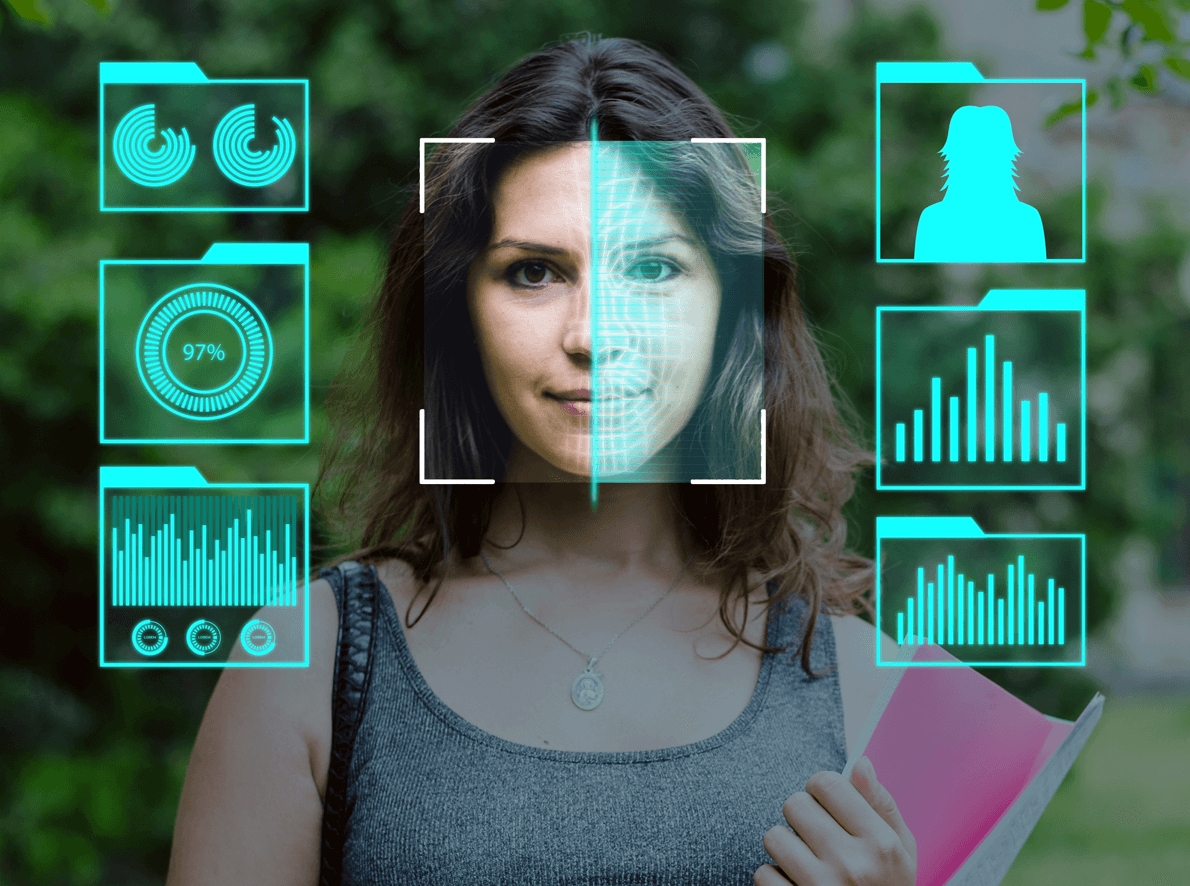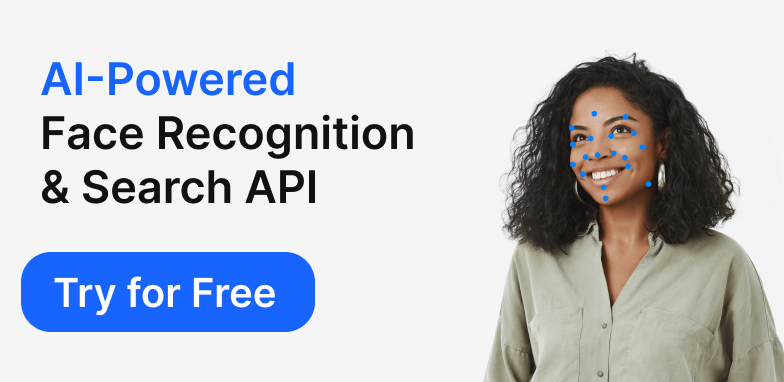
Liveness Detection vs Deepfake Detection: Which Technology Best Protects Biometric Security Systems?

As biometric technology becomes increasingly woven into our daily lives—from unlocking smartphones to verifying identities during online banking—its security is under growing scrutiny. While facial recognition has made authentication more convenient and seemingly more secure, it also opens the door to new types of digital deception.
Today’s attackers don’t need to steal your password—they can simply fake your face.
From printed photos to high-resolution video replays and now AI-generated deepfakes, the tools used to fool facial recognition systems are advancing rapidly. In response, the industry has developed two powerful defenses: liveness detection and deepfake detection. Both aim to ensure that the person being scanned is not only who they claim to be, but also real and present.
But which one truly protects your systems from modern threats? Are they redundant, or complementary? And more importantly, how do you know which is right for your use case?
In this post, we’ll break down what each technology does, how they differ, where they overlap, and why understanding both is essential to building truly secure biometric systems.
Let’s explore the real question at the heart of biometric security today:
Is it enough to detect life, or do we also need to detect the lie?
What is Liveness Detection?
In an era where facial recognition is used to unlock phones, access bank accounts, and verify identity online, simply recognizing a face is no longer enough. This is where liveness detection comes in—a critical technology that determines whether the person in front of the camera is a real, live human being, not just a photo, video, or digital mask.
Definition and Purpose
Liveness detection is a security feature designed to distinguish between genuine biometric inputs and spoofing attempts. Its purpose is to prevent attackers from fooling facial recognition systems using high-quality images, pre-recorded videos, or even sophisticated deepfakes.
Without this safeguard, any system relying solely on facial recognition becomes vulnerable to what are known as presentation attacks—efforts to "present" a fake identity in place of a real one. Liveness detection closes this gap by confirming that the biometric data comes from a living person physically present at the time of capture.
Passive Liveness Detection vs Active Liveness Detection
Liveness detection generally falls into two categories: passive and active.
Passive liveness detection works quietly in the background. It analyzes visual cues—like subtle eye movements, skin texture, light reflections, or depth information—without asking the user to do anything. This makes it ideal for user-friendly experiences, where minimal friction is key.
Active liveness detection, on the other hand, requires the user to perform a specific action. This might include blinking, turning their head, smiling, or following a moving object on screen. These prompts make it harder for pre-recorded or static media to pass as live input.
Each method has its advantages. Passive techniques excel in seamless user journeys, while active ones may offer higher assurance in high-security scenarios.
Real-World Use Cases
Liveness detection is already embedded in many of the technologies we use every day—and in some we might not even notice.
Mobile device unlocking. Smartphones use liveness detection to prevent face unlock systems from being tricked with a photo or a video.
Digital onboarding and eKYC. Banks, fintech apps, and online services use it to verify identity during remote account opening, ensuring that the user is physically present.
Online exams and remote work verification. Educational platforms and HR systems use it to confirm that the registered individual—not an impersonator—is sitting in front of the camera.
Airport security and border control. Automated gates and passport kiosks employ liveness detection to confirm that travelers match their official documents.
What is Deepfake Detection?
As artificial intelligence becomes more advanced, so do the ways it can be misused. One of the most alarming developments in recent years is the rise of deepfakes—synthetic media created using AI to mimic real people with astonishing accuracy. In the context of biometric systems, deepfakes represent a growing threat that can undermine the trust and reliability of face-based authentication. That’s where deepfake detection comes in—a field focused on identifying AI-generated forgeries before they can do real harm.
Understanding Deepfakes in Biometrics
A deepfake in biometrics is more than just a viral video—it’s an attack vector. By using generative adversarial networks (GANs) or other advanced AI models, attackers can create hyper-realistic images or videos of a person’s face, often combining real biometric data with synthetic elements to impersonate someone convincingly.
These fakes can be fed into facial recognition systems to bypass identity checks, especially if the system isn’t equipped with mechanisms to verify the authenticity of the input. For example, an attacker might present a video of a user speaking or smiling—generated entirely by AI—to fool the system into thinking it’s interacting with a real person.
Unlike traditional spoofing (using a printed photo or replayed video), deepfakes are dynamic and responsive, making them harder to detect using basic liveness techniques alone.
Tools and Techniques for Deepfake Detection
Detecting deepfakes is a technical arms race. Developers and researchers have built a growing toolkit of approaches designed to stay one step ahead of forgers. Some of the most common techniques include:
Deep learning-based classifiers. These AI models are trained on large datasets of real and fake faces to spot inconsistencies that humans might miss—like unnatural blinking, inconsistent lighting, or irregular facial movements.
Frequency analysis. Deepfakes often carry artifacts in their pixel structure that differ from natural images. By analyzing data in the frequency domain, detection tools can pick up on subtle traces left by generative models.
Temporal inconsistency checks. Deepfakes may appear convincing in a single frame, but over time, slight inconsistencies in facial expressions, eye gaze, or head movement can reveal their synthetic nature.
Biometric cross-checking. Some systems compare multiple biometric signals—like voice, face, and gestures—to ensure they’re all coming from the same live source. A mismatch could indicate a deepfake.
As detection becomes more sophisticated, many organizations are integrating these tools into their existing liveness or authentication pipelines, adding an additional line of defense.
Emerging Threats and Evasion Tactics
While detection tools are improving, so too are the attackers. Today’s deepfakes are more convincing than ever, and new generation models can produce high-resolution, real-time forgeries that are difficult even for machines to detect.
Some of the emerging challenges include:
Real-time deepfake streaming. Attackers can now create live deepfakes over video calls, making remote ID verification especially vulnerable.
Adversarial attacks. These are subtle tweaks to images or videos crafted specifically to confuse detection algorithms, allowing deepfakes to slip through unnoticed.
Synthetic voice and gesture matching. To increase believability, modern deepfakes are now pairing facial animations with AI-generated voice and coordinated gestures—raising the bar for what detection systems need to analyze.
Which One Offers Better Security?
When it comes to protecting biometric systems from manipulation, both liveness detection and deepfake detection serve important roles—but they’re not interchangeable. Each technology is built to address different types of threats, and their effectiveness depends on how, when, and where they’re applied.
Comparing Strengths and Weaknesses
Liveness detection excels at real-time defense against traditional spoofing attempts. Whether someone tries to trick a system using a printed photo, a video on a phone, or a 3D mask, liveness algorithms are designed to catch these tactics by confirming the presence of a real human at the moment of authentication.
Strengths:
Fast and typically runs during the authentication process
Effective against static attacks and basic presentation methods
Often integrated into user-facing apps with minimal friction
Weaknesses:
Can be bypassed by advanced AI-generated media
Passive methods may occasionally produce false positives/negatives
Doesn’t always detect synthetic content if it appears live
On the other hand, deepfake detection targets a different class of threat: synthetic media generated by AI. These fakes aren’t just manipulated—they’re manufactured from scratch using deep learning models. Deepfake detection tools scan for signs that an input (image, video, or even voice) has been artificially created or altered.
Strengths:
Identifies more sophisticated and dynamic threats
Detects high-quality forgeries designed to mimic real behavior
Often works in forensic or post-capture analysis
Weaknesses:
May not operate in real time without heavy computation
Needs constant updating to stay ahead of evolving deepfake techniques
Often more complex and expensive to deploy at scale
In short, liveness detection is great at spotting "is someone there right now?", while deepfake detection answers "is this person even real?"
Layered Defense: Do You Need Both?
In today’s rapidly shifting threat landscape, the safest approach is not choosing one over the other—but combining both into a layered defense strategy.
Used together, liveness and deepfake detection cover a broader range of attack vectors. Liveness detection ensures that a user is physically present, while deepfake detection can uncover whether that seemingly present user is a sophisticated digital imitation.
This layered model is especially important in industries where the cost of a false positive—or a security breach—is high: banking, government ID verification, online voting, or remote hiring. Even for consumer apps, having both layers in place boosts user trust and protects the integrity of biometric-based access.
As threats grow more advanced and harder to detect, relying on a single method is becoming a risk in itself. A hybrid strategy not only improves resilience but also gives organizations the flexibility to adjust their risk tolerance based on context.
Conclusion
As biometric authentication becomes the norm across industries, ensuring the integrity of these systems is more critical than ever. While facial recognition offers speed and convenience, it’s not immune to manipulation—especially as attackers become more creative and tools like deepfakes grow more convincing by the day.
Liveness detection and deepfake detection each play a distinct role in defending against these threats. Liveness detection helps confirm that a real person is physically present, protecting against common spoofing tactics like photos or pre-recorded videos. Deepfake detection goes a step further by analyzing whether the biometric input itself has been synthetically generated or tampered with using AI.
So, which one truly keeps your systems safe? The answer isn’t either-or—it’s both.
Relying on a single method can leave critical blind spots. But when combined, these technologies create a layered defense that’s far more difficult to bypass. This dual approach not only raises the bar for attackers but also boosts confidence in the reliability and trustworthiness of your biometric infrastructure.
As the threat landscape evolves, so must our defenses. Forward-thinking organizations will invest not just in recognizing faces, but in understanding the intent—and the authenticity—behind them.
